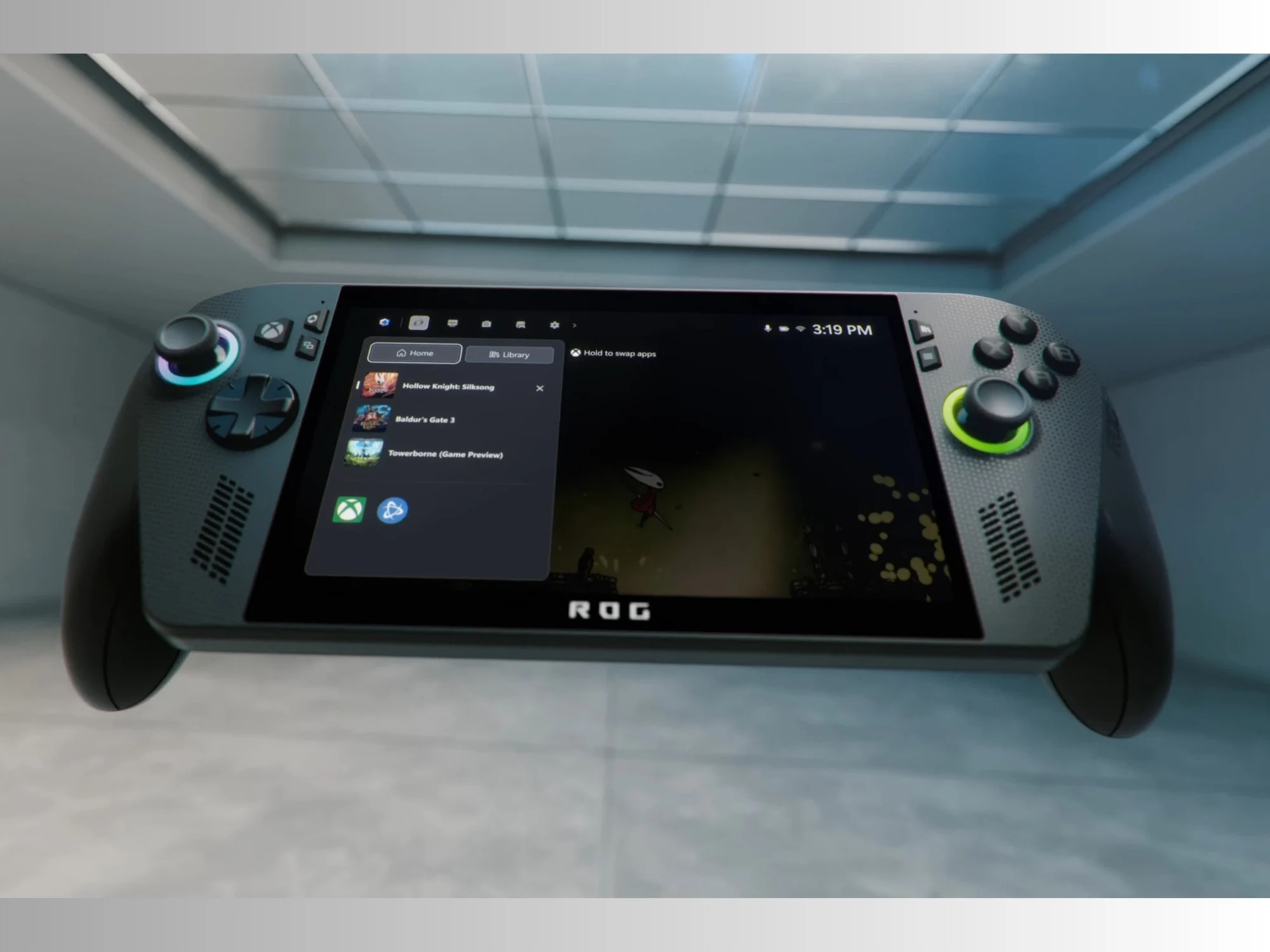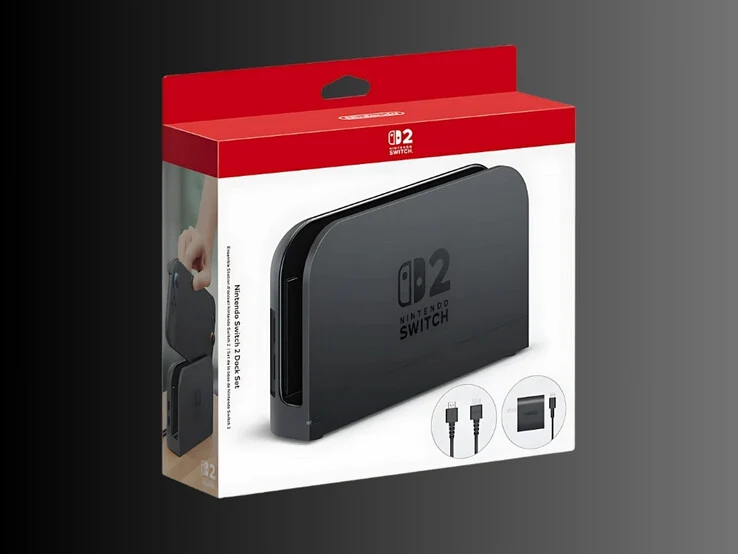Key Takeaways
1. Microsoft revealed the ROG Xbox Ally and ROG Xbox Ally X handheld gaming devices with a 7-inch 1080p IPS display, despite some gamers wanting an OLED option.
2. Asus faced development challenges with OLED screens due to high power consumption and production costs, prioritizing battery life for Windows-based handhelds.
3. Whitson Gordon emphasizes the importance of Variable Refresh Rate (VRR) for handheld gaming to prevent screen tearing and improve visuals.
4. The decision to use an IPS screen over an OLED was influenced by pricing concerns, as adding OLED and VRR would increase costs beyond many buyers’ willingness to pay.
5. The polished Xbox UI on the ROG Ally may be available on other Windows handhelds in the future, with alternatives like the Lenovo Legion Go 2 potentially featuring an OLED display.
Many rumors about a new Xbox handheld turned out to be true when Microsoft revealed the device during its latest showcase. However, some gamers were still wishing for an OLED screen option, even if it meant paying a higher price. Instead, both the ROG Xbox Ally and ROG Xbox Ally X come with a 7-inch 1080p IPS display. Whitson Gordon, a Senior Manager of Content Marketing at Asus, discussed this topic on a YouTube podcast. He thinks that VRR is more vital for a handheld gaming PC compared to having an OLED screen.
Development Challenges
Asus experimented with prototypes that had an OLED screen while creating the Xbox handheld versions of the ROG Ally. Unfortunately, these devices consumed too much power and would have been pricier to produce. Since battery life is often a concern for Windows-based handhelds, Asus aimed to avoid making this issue worse. The company understands that the price will be a consideration for many buyers, as it will likely serve as a secondary gaming option for them. Gamers are still on the lookout for confirmed pricing details on the new ROG Xbox Ally models.
Importance of VRR
Whitson is a big supporter of VRR, which he insists should be available on every modern gaming console. Variable Refresh Rate ensures that the refresh rate of the display matches the frame rate of the game. If not, fast-paced action can lead to screen tearing, causing the visuals to seem choppy. An OLED display with VRR would have raised the price of the Xbox handheld beyond what many buyers would be willing to pay.
While not all gamers are happy about the choice of an IPS screen, it’s important to recognize that OLED technology offers much deeper blacks and better viewing angles. Nevertheless, the polished Xbox UI on the upcoming ROG Ally may also appear on other Windows handheld gaming PCs in the future. By then, consumers will have more alternatives, like the Lenovo Legion Go 2, which could come equipped with an 8.8-inch OLED display.
Source:
Link



